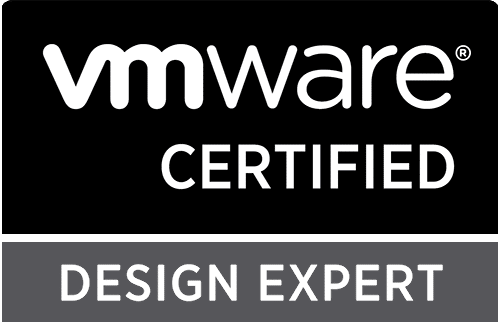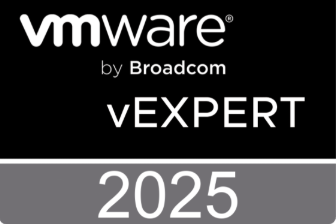In Part 1 of this blog series we focused on the competitiveness of the Service Provider market, we identified three key focus areas which ITQ thinks are critical for success and we discussed how to build a brand:
In this part of the blog series on the Service Provider market, we will elaborate on the challenge of controlling costs.
Controlling costs
Cost control is a key area for service providers. In order to be competitive, service providers need to make strategic choices about hardware platforms and architectures. These have major impact on capital investments. Choices range from converged infrastructures such as VCE VBlocks and NetApp FlexPods that are pre-integrated and pre-tested, to completely integrated hyperconverged boxes, to fully custom built white labeled solutions. Evidently, investments vary greatly between these choices and to be honest, we’ve seen successes and failures with all choices. There is no golden rule for success unfortunately. Consider the following factors:
- Capacity planning
The ability to do proactive capacity planning can really help in choosing the right moment to invest in your cloud infrastructure. Capacity planning, of course, also relates to being able to forecast your customer growth. At which point do you expand your cloud infrastructure with additional resources? There are a lot of solutions available in the market. As VMware partner we work a lot with vRealize Operations Manager with our customers. This product has evolved into a very trustworthy solution for cloud operations in general. - Capital intensive
The commoditization of IT infrastructure does not necessarily mean IT infrastructure is cheap. If you have made the investment before, we don’t have to explain how capital intensive a new premium converged infrastructure rack is. If you are a new service provider with none or little customers, this can be a real challenge. Service providers have to choose the right moment to invest and the chosen solution should align with the company’s vision, culture, skills and beliefs. If you have a team of highly skilled and very creative engineers with tons of experience in building SDDC’s and hybrid clouds, it might not be the right choice to invest in a more rigid converged infrastructure. These sort of teams accelerate when they can design stuff themselves. On the other side of the scale, converged infrastructures can be a great solution for teams focusing more on operational excellence and so on. Our advice is to choose carefully and consult the market as much as you need in order to be sure. - Cloud economics (pay-per-use and how to bill)
How to bill your customers? With cloud computing there is a strong belief that you should pay for what you use. If a workload is powered down, cost should go down. While this can be a great model, we see that lots of customers are struggling to get a grip on their cloud expenditures. Are you familiar with the AWS Simple Monthly Calculator? This is an extremely powerful tool to forecast your monthly bill, but if this is Amazon’s perception of ‘simple’ … ??? If customers have their cloud governance under control and the applications are built to run on a public cloud, pay-per-use can be great and cost-effective. You scale down on off-peak hours, you scale out dynamically based on demand. Great! If customers plan to run enterprise-grade 3-tier applications 24×7 the pay per use model might not be best and most definitely will NOT be cheaper. That’s why VMware primarily decided to choose for subscription based cloud offerings in vCloud Air. Customers buy a certain, fixed amount of resources for a fixed price. Costs are predictable and capacity planning is relatively easy. So how should service providers cope with these varying customer’s demands? Key in this challenge is to have a flexible and scalable billing engine so you have the freedom of choice. Service providers that are targeting new, startup type of companies are probably better off in offering a pay per use pricing model, but if more traditional enterprise customers are being targeted, a subscription model might be best to offer. As with all things in the cloud market, billing should be easy, automated, directly available for customers when needed and fast/responsive.There are a lot of commercial solutions for cloud billing. There are cloud billing solutions that are an integral part of a cloud management platform (ie AirVM’s AirSembly) and there are dedicated products that run either on-premises and/or in the cloud as SaaS. Two examples of dedicated cloud billing solutions are US based Cloud Cruiser or The Netherlands based Inter8’s CloudBilling.
This concludes the second part of this blog series. We hope you can relate to our viewpoints and that you are curious about the final part of this blog. This final part will be all about the ability to adapt. Stay tuned!







